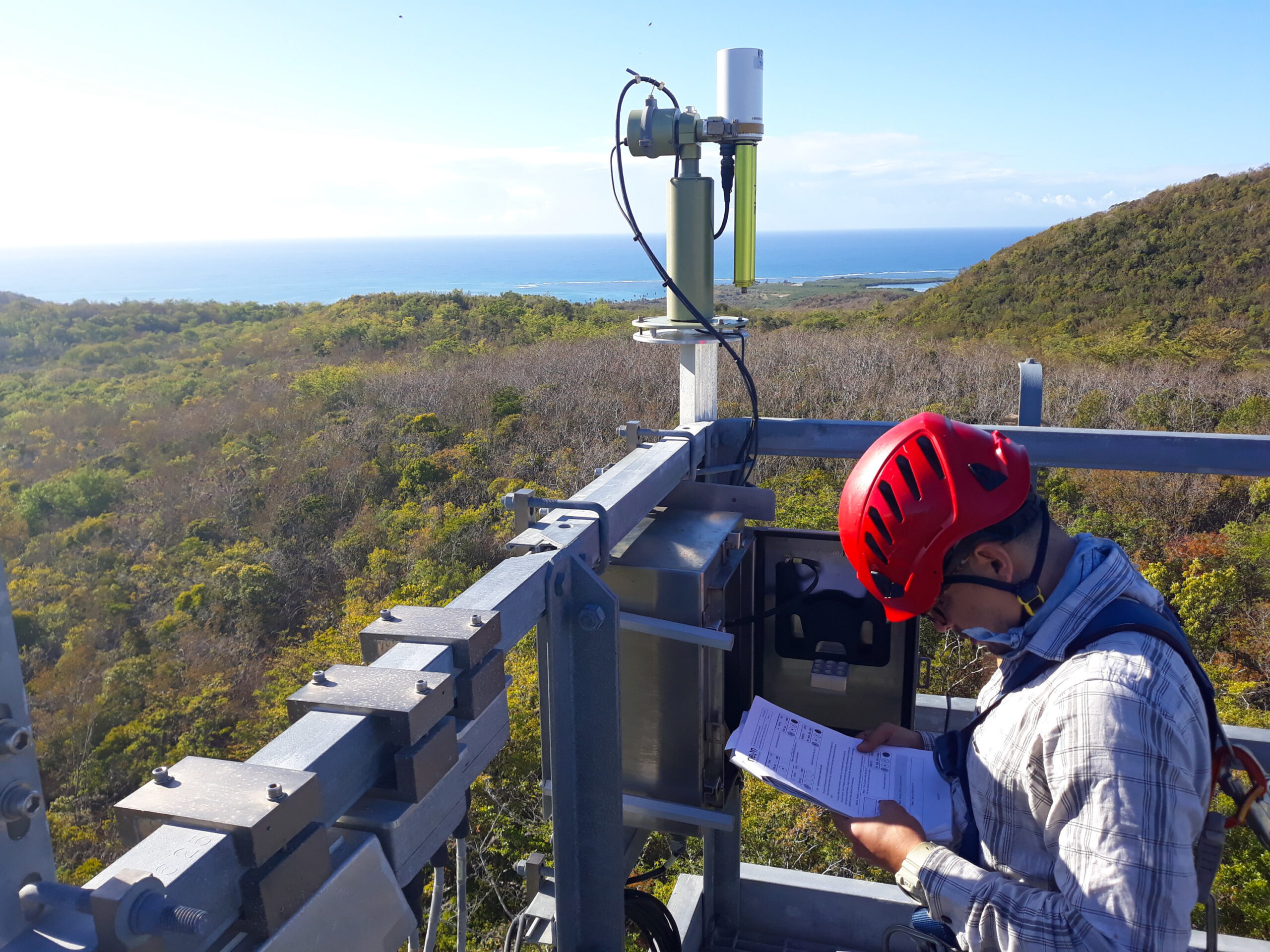
The flux gradient project combines data on methane emissions from understudied upland ecosystems across multiple networks.
Credit: NEON via Flickr. CC BY-2.0
The Flux Gradient Project: Understanding the methane sink-source capacity of natural ecosystems
While biogenic CH4 emissions are thought to be of a similar magnitude to anthropogenic emissions, biogenic emissions remain the most uncertain source of the global CH4 budget. The vast areas with relatively small uptake and emission rates have been largely understudied but could contribute significantly to regional and global budgets. Upland ecosystems can exhibit unexpectedly large annual CH4 fluxes and should not be excluded from observation networks. Yet, current eddy covariance towers measuring CH4 fluxes are biased toward wetlands, and other areas where we expect to observe large fluxes. To improve our understanding of biogenic fluxes, the Flux Gradient Project will utilize infrastructure from the National Ecological Observatory Network (NEON) at co-located LTER-NEON sites to calculate CH4 fluxes. In addition to the fluxes at co-located sites, we will also utilize CH4 fluxes from LTER, Ameriflux and Fluxnet sites. We hypothesize that upland ecosystems will fluctuate from being a sink to a source depending on moisture conditions. Quantifying the CH4 budget of natural ecosystems is important for assessing realistic pathways to mitigate climate change, because uncertainties in the magnitude, size, and location of sources and sinks are currently limiting budget development.










